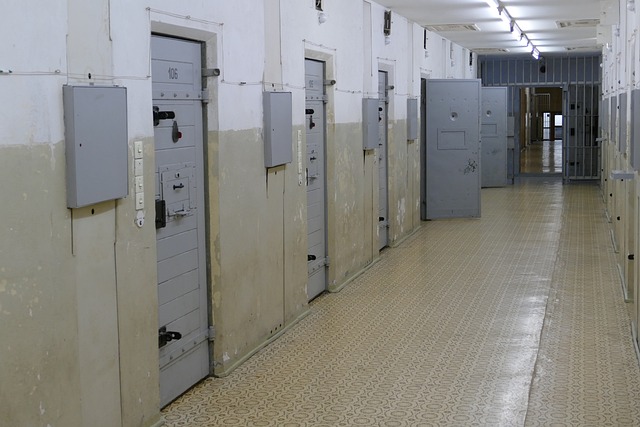The current Blood Alcohol Level (BAL) testing system faces challenges due to legal variations in "safe" limits across jurisdictions, leading to inconsistencies in enforcement. While technology has improved precision, external factors and insufficient training can cause traditional methods like breathalyzers to produce false positives. This undermines fairness and reliability in drunk driving cases. Enhancing BAL testing reliability through standardized equipment, digital record-keeping, and secure data management is crucial to ensure accurate results, accountability, and public trust.
In the realm of blood alcohol level (BAC) testing, loopholes have long presented significant gaps in ensuring accurate and reliable results. This article explores the current landscape of these loopholes, with a specific focus on BAC testing methods and their implications for public safety. We delve into the challenges and offer insights on how closing these gaps can enhance reliability and accountability, ultimately improving the accuracy of BAC measurements.
- Blood Alcohol Level Testing: The Current Landscape of Loopholes
- Closing the Gaps: Enhancing Reliability and Accountability in BAC Testing
Blood Alcohol Level Testing: The Current Landscape of Loopholes

The current landscape of blood alcohol level testing is fraught with loopholes that can undermine the accuracy and reliability of results. While technology has advanced significantly in recent years, allowing for more precise and immediate measurements, various factors still contribute to inconsistencies. One notable loophole lies in the interpretation of legal limits; what is considered a “safe” or permissible Blood Alcohol Level (BAL) varies across jurisdictions, leading to discrepancies in enforcement and potential underestimation of intoxication.
Furthermore, traditional testing methods, such as breathalyzer readings, are not foolproof. These devices can be affected by external factors like temperature variations, improper calibration, or the presence of certain substances in the breath sample. Even more concerning is the potential for false positives due to legal loopholes that allow for alternative testing methods with less stringent regulations, thus raising questions about consistency and fairness in drunk driving cases.
Closing the Gaps: Enhancing Reliability and Accountability in BAC Testing

Closing gaps in Blood Alcohol Level (BAC) testing is crucial for enhancing reliability and accountability, two key aspects that ensure fair and precise justice. Historically, loopholes in testing procedures have led to questionable results, undermining public trust and the integrity of legal processes. These issues often stem from inconsistent methods, lack of standardization, or inadequate training among personnel conducting tests.
By implementing stricter protocols and ongoing training for testers, we can significantly improve BAC testing’s reliability. Standardized equipment, calibrated regularly, ensures consistent readings across different facilities. Additionally, digital record-keeping and secure data management practices make it easier to track and verify test results, reducing the chance of tampering or error. These measures not only uphold the accuracy of BAC levels but also foster accountability, making it easier to trace and address any discrepancies or potential fraud.
Blood Alcohol Level (BAC) testing plays a crucial role in ensuring road safety, but loopholes have long presented significant gaps. However, with enhanced reliability and accountability measures, these issues are being addressed. By closing these loopholes, we can improve the accuracy of BAC testing, thereby fostering a safer driving environment for all. This progress is a testament to our continued efforts to revolutionize traffic safety in today’s digital era.






